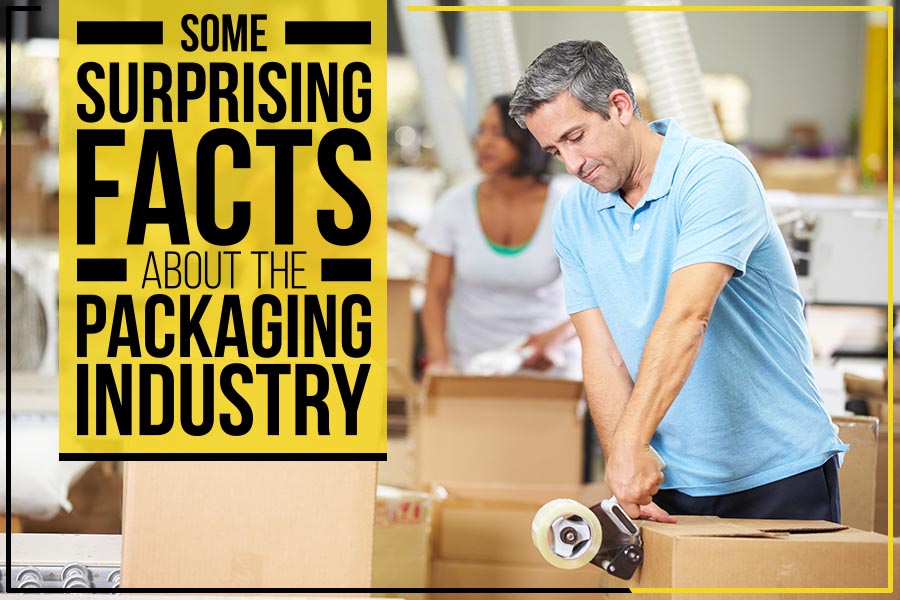
Some Surprising Facts About The Packaging Industry
Posted on September 16, 2021
The packaging industry is a massive part of the world economy. Every year, billions of dollars are spent on packaging products with not just one company but many different companies all vying for your business. Packaging can increase the perceived value of a product by as much as 129%. For every dollar spent on packaging, $4 is recouped in sales.
Packaging is a critical component of any product, and packaging design can be the determining factor in whether or not a customer buys your product. Whether you are trying to sell products through retail stores or online, the product packaging is essential for marketing.
Here are some amazing facts about packaging and the packaging industry…
Packaging Industry in the U.S.
- Packaging is the third-largest U.S. manufacturing industry – after motor vehicles and chemicals, packaging jobs are projected to grow by 13% in the next eight years.
- Packaging contributes more than $514 billion annually to the U.S. economy – Employs nearly three million people directly and indirectly across all 50 states, including packaging engineers, technicians, production workers, packaging design professionals, and packaging managers.
- The U.S. spends a LOT on beverage packaging – The U.S. spends more on beverage containers each year than the next highest 12 countries combined (including China).
Plastic Water Bottles
Plastic bottles are made of polyethylene terephthalate (PET) and have a typical shelf life of three years. Those expiration dates on plastic water bottles are not just a suggestion. They are there to let you know how long your packaging will last before it starts breaking down and releasing chemicals into whatever is stored inside of the bottle. The dates are for the bottle, not the liquid inside.
Waste
- In the U.S., packaging makes up about one-quarter of landfill waste.
- The average American family will throw out more than 1,500 pounds of packaging this year.
- Packaging can be easily recycled and re-used to make fresh new packaging products.
- Packaging is the most significant part of most waste streams in North America, with paper having a 49% share of non-fiber material by weight. It accounts for up to 60% of landfill volume. *
* The packaging industry plays a crucial role in reducing packaging waste, including the introduction of packaging made from recycled materials in order to ensure packaging is both recyclable and reusable.
More Packaging Facts
- The UPC symbol was created in 1966 to simplify the checkout process at supermarkets (a system that we now could never live without).
- Paperboard is a type of container made from wood pulp and other fibers such as cotton or linen mixed into sheets which are pressed under heat and pressure to form stiff boards.
- Today, packages typically consist of 13% less packaging material than they did five years ago.
- Packaging can help extend a product’s life expectancy by preventing it from being exposed to environmental factors such as moisture, sun, rain, etc., that degrade the quality or performance of the product over time.
- Packaging helps prevent contamination through contact with external contaminants like dirt, dust, or other packaging materials.
This blog post explored some surprising facts about different types of packaging, such as paper packaging and plastic packaging. Spark Packaging is a Michigan headquartered organization that specializes in helping businesses in the converting, printing and packaging space with their staffing initiatives. Learn how we can help you too!
